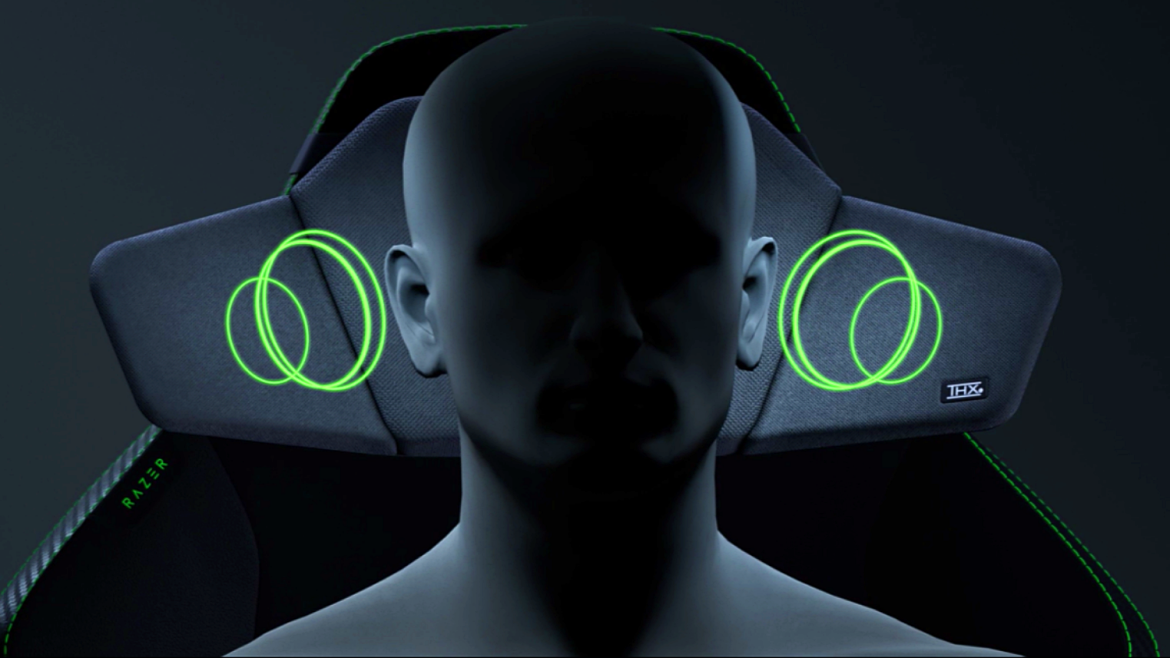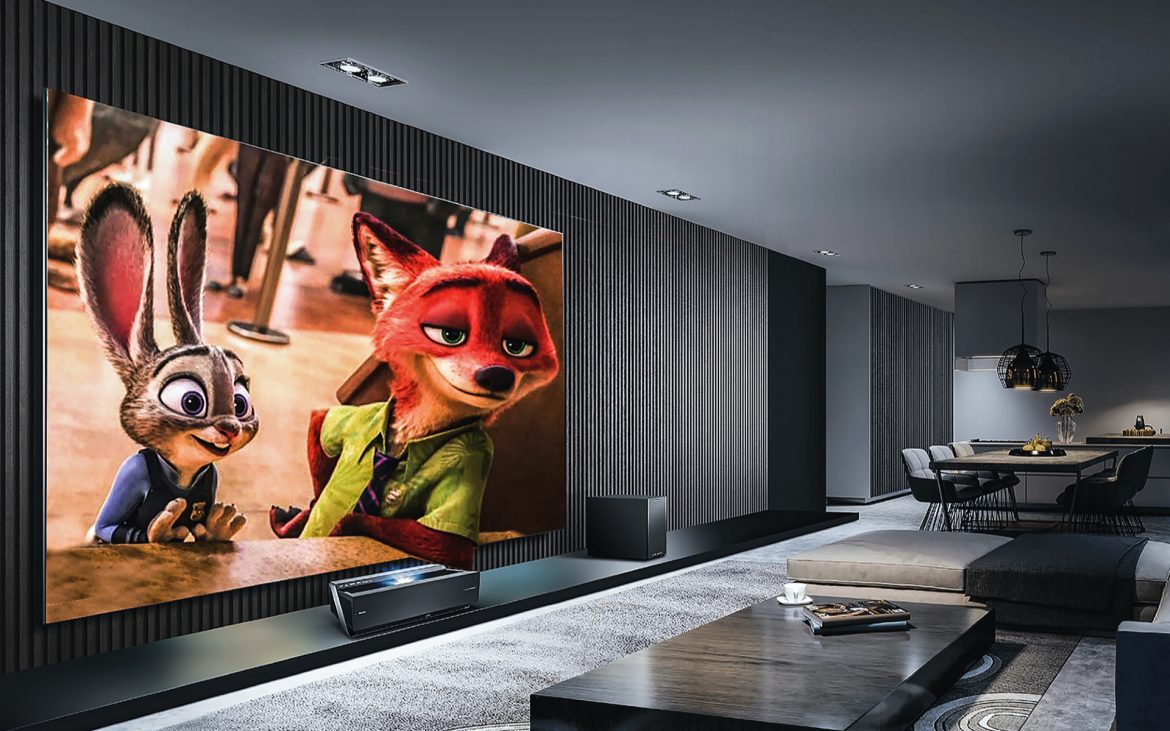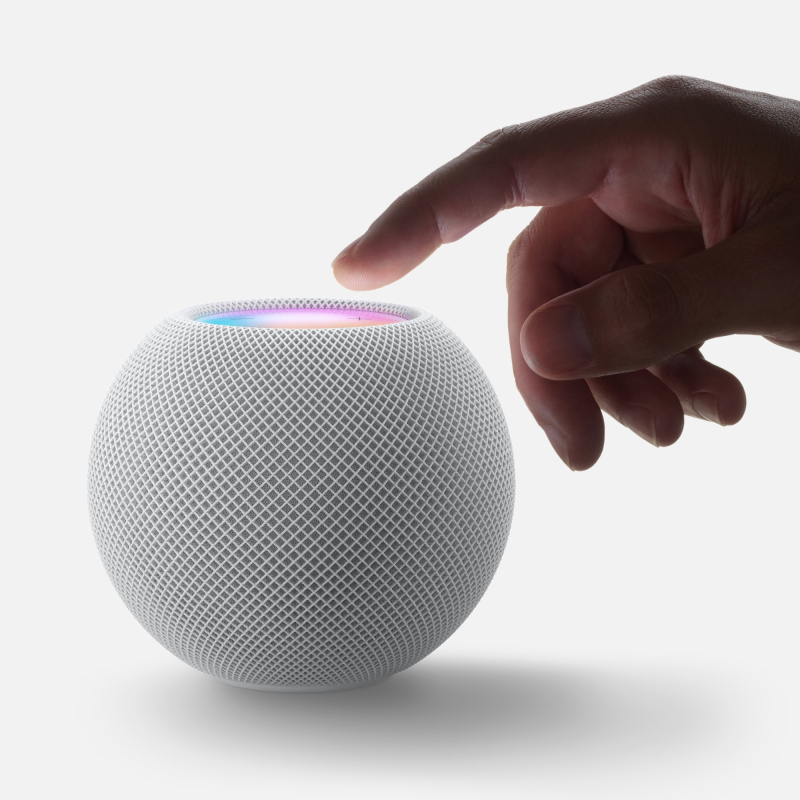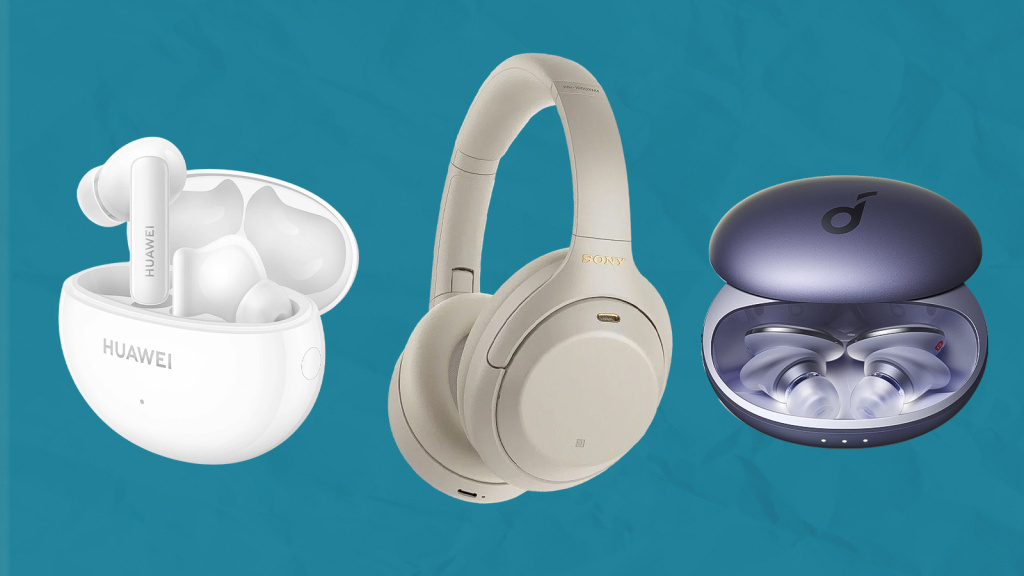Audio technology is on the threshold of a new revolution. While the 20th century saw advances from mono to stereo, and the 21st to surround sound, the future belongs to personalized, adaptive, and even bio-integrated audio. Technology is becoming not only smarter but also more human-centric.
Spatial audio is already supported by AirPods Pro, Apple Music, and movies on Apple TV+. But tomorrow, it will become standard across all devices. Algorithms will take into account the shape of the user’s ears (via smartphone scanning) to create the most accurate soundstage.
Adaptive sound is the next step. Headphones will analyze room acoustics, noise levels, and even physiological states (heart rate, stress), and automatically adjust the equalizer, noise cancellation, and volume. This will make listening not only comfortable but also therapeutic.
Wearable audio devices will become multifunctional. Some headphones already measure body temperature or blood oxygen levels. In the future, they will be able to warn of the onset of a cold, track fatigue, or even improve your mood through binaural beats.
Audio Devices
Advertising
Advertising
For gamers, sound is more than just background noise; it’s a strategic tool. Properly configured audio devices allow you to hear enemy footsteps behind a wall, pinpoint the direction of a gunshot, or recognize a danger signal before anyone else. This is why gaming audio technology is developing separately from consumer audio.
Gaming headsets are the foundation of any audio setup. They feature enhanced drivers (often 50 mm or larger), support for surround sound (7.1 virtual surround), and microphone noise cancellation. Models from SteelSeries, HyperX, Logitech, and Razer are optimized for long-term wear and precise sound localization.
Spatial audio (e.g., Windows Sonic, Dolby Atmos for Headphones, Tempest 3D AudioTech on PS5) creates a three-dimensional sound field. Players don’t just hear “left” or “right,” but perceive height, depth, and distance—just like in real life. Microphones in gaming headsets are often detachable or noise-canceling to ensure clear voices even in noisy environments. Some models feature mute indicators and gain controls directly on the earcups.
For consoles and PCs, there are dedicated sound cards and DAC amplifiers that improve sound quality and reduce latency. This is especially important in esports, where every millisecond counts.
Gaming speakers are less popular, but they do exist. They provide surround sound without the need for headphones, which is convenient for single-player sessions. However, in multiplayer games, headphones remain preferred for accuracy and privacy.
Advertising
A home theater is the dream of many moviegoers, and today it can be realized without huge expense or complex installation. Modern audio systems, projectors, and televisions allow you to recreate the atmosphere of a real movie theater right in your living room, delivering cinematic sound and picture quality.
The foundation of sound is a 5.1, 7.1, or Dolby Atmos speaker system. A classic 5.1 system uses five speakers (front, rear, and center) and a subwoofer. Dolby Atmos adds height channels, creating the effect of sound from above—for example, a passing helicopter or rain.
A soundbar is a compact alternative to a full-fledged system. Modern models from Sonos, Samsung, and Bose support virtual surround sound, Dolby Atmos, and even a wireless subwoofer. They are ideal for small apartments where there is no space for multiple speakers.
An AV receiver is the “brain” of a home theater. It processes the audio signal, distributes it across channels, and controls all sources: TV, Blu-ray player, and game console. The choice of receiver depends on the number of supported channels, HDR support, and format compatibility.
Advertising
Smart speakers are a hybrid of a speaker system and a voice assistant that transform any home into an interactive space. Devices like Amazon Echo and Google Nest Audio don’t just play music; they also control your smart home, answer questions, set reminders, and even read stories to children.
The heart of a smart speaker is a built-in voice assistant: Alexa or Google Assistant. It recognizes speech even against the background of music thanks to a microphone array and noise-canceling algorithms. Modern models understand context, remember preferences, and can engage in conversation rather than simply respond to commands.
The sound quality of these speakers has improved significantly. While the first models sounded “flat,” today even compact devices deliver rich bass, clear mids, and transparent highs. Some support stereo pairing—two speakers work as a single system for surround sound.
Ecosystem integration is a key advantage. A smart speaker can turn on lights, start a coffee maker, tell the weather, or look up a recipe—all using just your voice. This is especially convenient for seniors or those busy in the kitchen or bathroom.
Multi-room audio is another popular feature. Users can stream the same music throughout the home or play different content in different rooms. Systems from Sonos, Bose, and Apple (AirPlay 2) make this incredibly easy.
Advertising
Headphones have long ceased to be mere music listening accessories – today, they are sophisticated devices that combine acoustics, electronics, artificial intelligence, and futuristic materials. From budget TWS models to professional studio monitors, the choice is so wide that it requires a conscious approach to purchasing.
True Wireless Stereo (TWS) headphones have become one of the main trends of recent years. Thanks to their compact size, convenience, and improved battery life, they have replaced wired models in everyday use. Apple AirPods, Samsung Galaxy Buds, and Sony WF-1000XM5 are striking examples of devices that combine sound quality, noise cancellation, and intelligent features.
Active Noise Cancellation (ANC) has become the standard for premium models. The system uses microphones to analyze external noise and generates an “anti-noise” sound wave that compensates for interference. This is especially useful on the subway, on airplanes, or in offices with high levels of background noise.
Sound quality depends not only on the drivers but also on the codecs: AAC, aptX, LDAC, and Sony 360 Reality Audio ensure minimal audio loss. Some headphones support spatial audio, which creates a surround sound experience similar to that of a movie theater.
Smart features are also gaining momentum. Headphones can automatically pause music when removed, switch profiles based on location, recognize speech to improve call quality, and even measure heart rate through the ear.
Advertising






